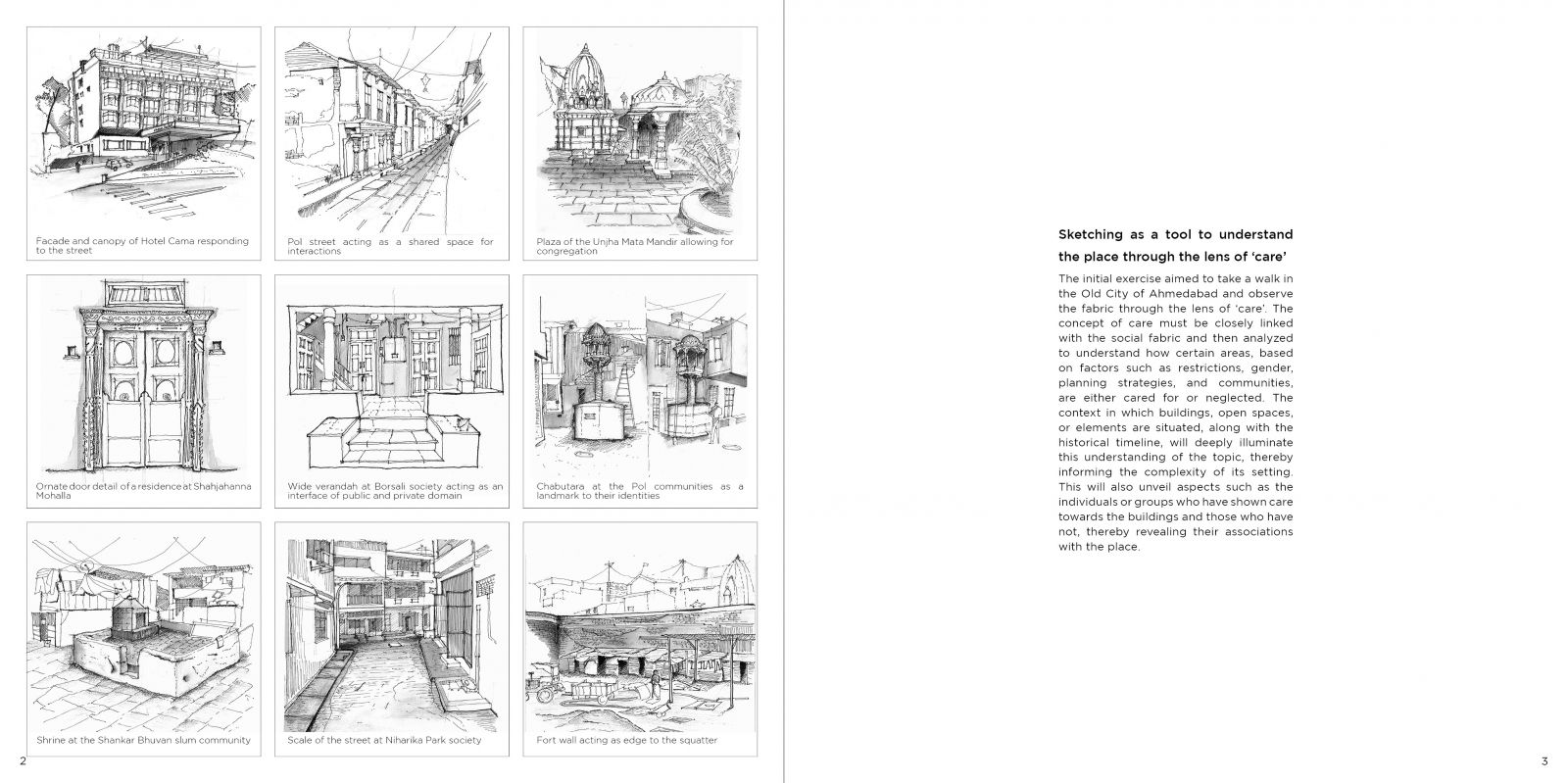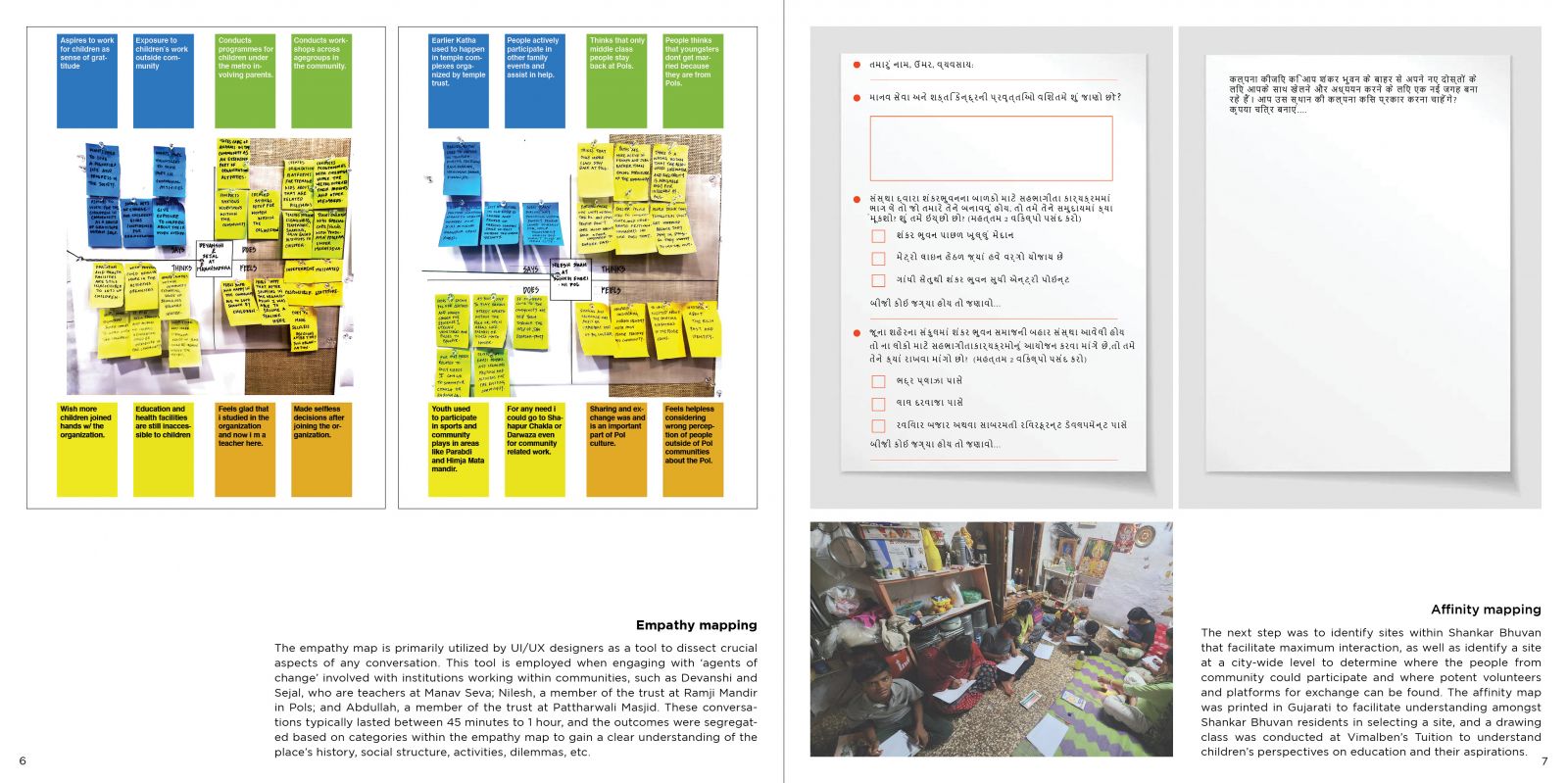Your browser is out-of-date!
For a richer surfing experience on our website, please update your browser. Update my browser now!
For a richer surfing experience on our website, please update your browser. Update my browser now!
Eugene Fink’s conception of play involves an ‘imaginary’ or ‘non-actual’ state of existence that unfolds on the foundation of the lived, actual world. Institutions such as religion, marriage, and law are considered acts of play. Play, in this context, is both mimetic and a freely-chosen bestowal upon the world. The player, in this scenario, embodies the role of an architect who employs their agency to collaborate with slum communities across Ahmedabad and engage with organizations focused on ‘education’. The objective is to establish a space for participation and to construct a platform for other agents or players within the city fabric to interact with communities. This envisioned space takes the form of a playground, which could be assembled as a kit of parts, each with its own distinctiveness, yet adaptable to various operational sites. Each element, when placed within its respective site, will serve as a catalyst for opportunities for children to ‘play’, akin to a Van Eyck playground. The tools employed become enjoyable objects for fostering equitable conversations within a socially and politically complex urban landscape.









